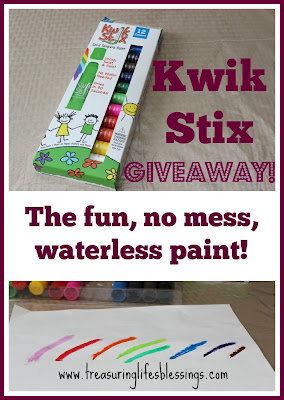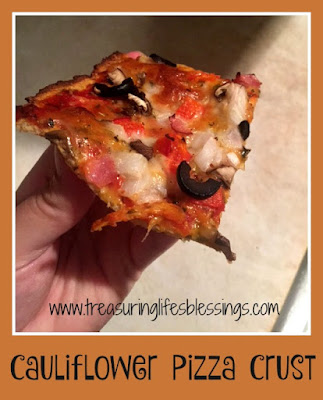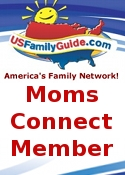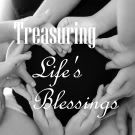Back when I started homeschooling, I didn't have as many choices for curriculum in aiding me to teach my children to read as I do today. Not knowing where to start left me floundering for a bit. My favorite types of curriculum to use in the younger years are those where the directions are simply laid out for me to instruct my children and all the prep work is done. So I was excited to recently review
Fun-Time Phonics! from
The Critical Thinking Co.
The Critical Thinking Company produces award winning curriculum for preschoolers all the way to 12th grade in a variety of subjects. Their goal is not to teach just repetition or memorization but rather teach the student to analyze what they are learning and to help hone their critical thinking skills, making children better problem-solvers.
Fun-Time Phonics! is a systematic phonics program geared towards preschoolers through 2nd grade. Using listening, speaking, reading and thinking activities, students are introduced to the concept that spoken words are made up of individual sounds. The idea behind this program is not to teach reading "rules" but to help the child understand how individual letter sounds form words so they can then learn how to see that reading is a pattern based activity.
This book is a 314 page paperback book that contains 100 colorful activities designed to teach phonetic and alphabetic skills that lay a strong foundation to reading. They use a "spiraled" approach to teaching meaning that each lesson builds off the previous one so it's important that the child understands and masters the lesson they are on before moving on to the next activity.
Not only does the student learn to start decoding sounds and words but because pictures of the words are also included in the activities, they start to build up their vocabulary. So they learn to hear, see and say the word which helps solidify the lesson.
The curriculum is self paced and each activity has directions for the parent on how to guide the lesson. The beginning of the book goes over learning beginning and ending sounds by having the parent show the child words and asking them to point to the photos that start with that letter sound. They emphasize that whenever you see a letter between 2 slashes like this /t/, you are to say the sound and not the letter.
The activities then move on to having the child listen to words and pick out those that rhyme with other words. This is to help them learn and recognize that vowel sounds are separate from beginning and ending sounds. Sometimes in doing these lessons, you have to over-emphasize the sounds for the child to hear them better. After the rhyming activities, they move on to echoing vowel sounds activities.
Once these foundation building activities are completed, the lessons move on into working with the individual vowel sounds with many different activities. From there, the activities then move on to having the child actually point to and pick out the letter (from a choice of 3) as you say the word. Finally, the activities move on to combining a consonant sound with a vowel sound, taking each consonant in alphabetical order and pairing it up with all the vowel sounds before moving onto the next consonant.
By the end of the book, the activities have the student filling in a missing letter to the word. By this point, the student should then be able to read the list of almost 200 3-letter words that are in the back of, simply because they learned how to decode sounds and letters.
I used this curriculum with my 4yr old daughter who has been writing her name since age 3 and has been working on her letters and some sounds already. Depending on the length of the activity, we usually just did 1 a day, sometimes a second one if it was short. But we then went over it a few times as she enjoyed picking out the pictures and saying the sounds with me. The book suggested to use paper to block out all the other words on the page except the one you wanted them to focus on which was a big help to keep her from getting distracted. Sometimes she chose to read the letters of the words after we practiced the sound. Once I felt that she had that lesson down, we would then move on.
Once we get further on in the book, I'm sure she will practice writing the words out as well. As of now, she writes about half her alphabet.
I can see how this skills building curriculum can really help break down learning to read into easy steps. I appreciated that this program was simple but yet colorful and still kept my daughters attention. It is one we plan to continue with and I look forward to seeing her reading all those words at the end of the book!
Connect with The Critical Thinking Co:
Facebook
Twitter
Pinterest
Google+



























































